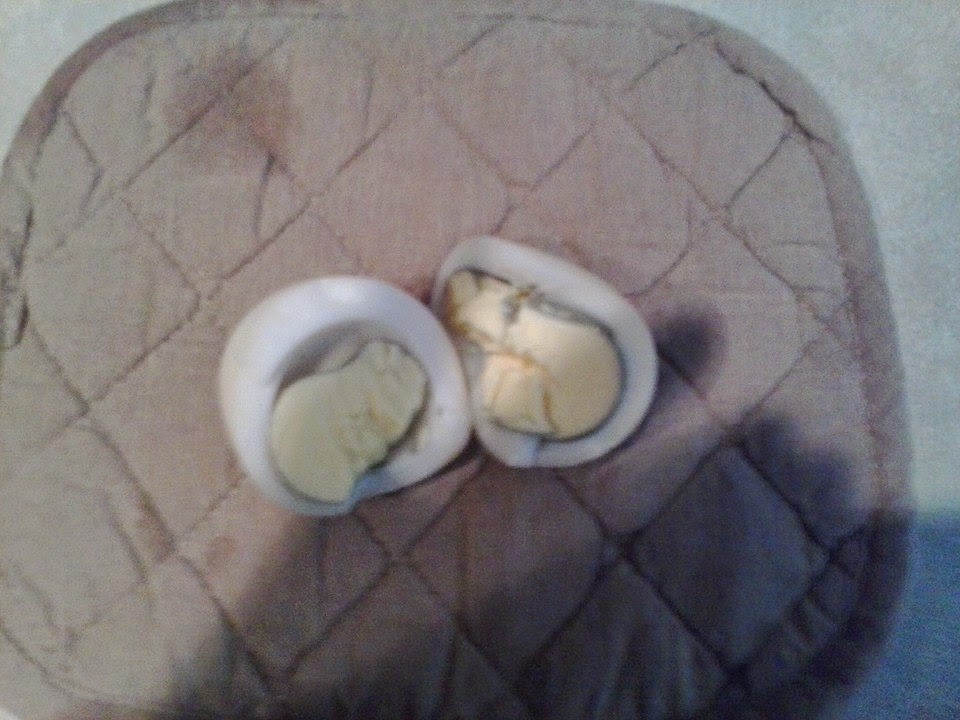Feta
& Tomato Chicken
I tried out a main course for the first time. It is not a “Sun Oven” recipe. Instead, it is one I throw together occasionally.
Ingredients
Fresh Spinach
Feta
Balsamic Vinaigrette Dressing
Diced Tomatoes
Chicken Breasts
I cooked in for a couple hours in the Sun Oven. It came out as good as my traditional
oven. The chicken just fell apart as I
put a fork in it. I coupled the dish
with a baked potato. It was amazing!
I have only made banana bread from scratch 2-3 times ever. I have not had much luck with it. It has been thick, dry, inedible, and/or
bland. Each time I picked a “delicious” recipe. The last time I even tried to make the
modifications suggested by users. No
luck. I just threw that one away!
I decided to try again with the Sun Oven. I followed the Sun Shine and Banana Bread recipe
precisely (except for replacing whole wheat flower with regular
all-purpose). I checked on the bred at
the suggested time for it to be complete (1.5 hours). The top did not look done at all though the
fork went through with minimal markings.
Since it was overcast, my oven was only getting to 150 degrees (half the
temperature I have normally been cooking with).
I adjusted the oven and let it cook a while longer. When I checked about 45 minutes later, there
was no change in the temperature or look.
As a result, I put it in my oven at 350 until it look brown at the
top.
It was relatively moist and cooked completely, but the flavor
was not what I was hoping for. It is
edible, but not delicious. I am not sure
what I am missing with this recipe!



.jpg)









